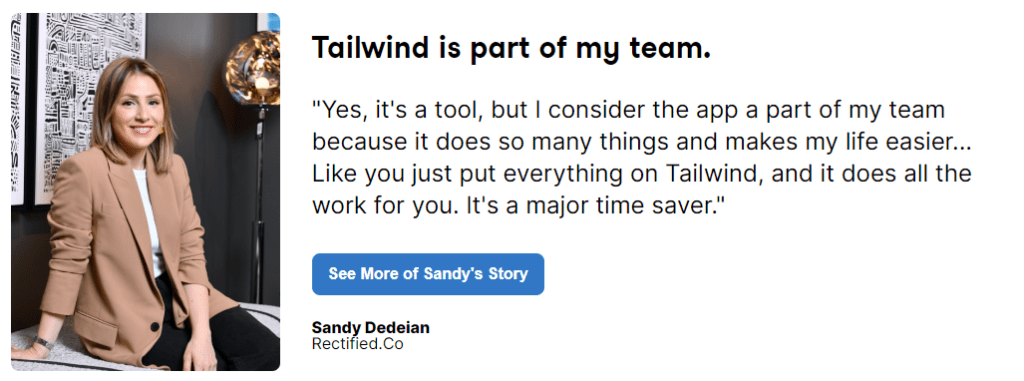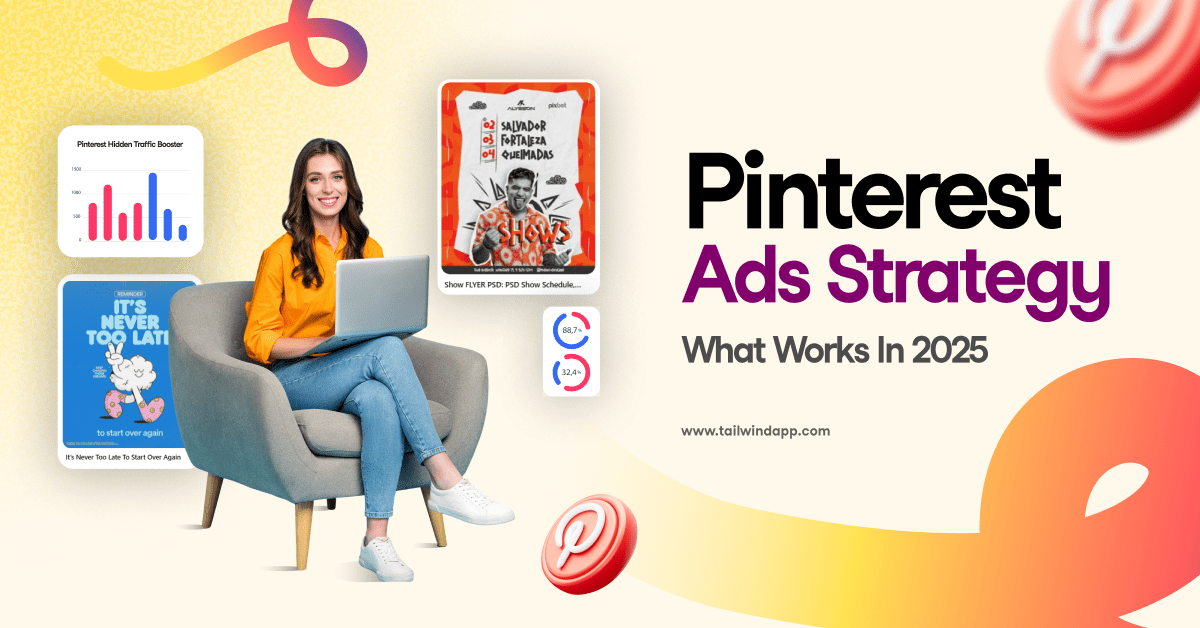
Conversion rate optimization (CRO) is vital to your success. It’s the process of improving your website or online store to increase the likelihood of visitors taking desired actions — in our case, making a purchase.
By optimizing your conversion rate, you’re not only improving profits but also boosting your brand reputation, building trust, and enhancing user experience.
To excel in ecommerce, you should invest time and effort in CRO.
Properly implemented, conversion rate optimization can increase your sales, reduce customer acquisition costs, and help you outperform your competitors.
Effective CRO is about understanding your customers and ensuring your website meets their needs and expectations.
So let’s dig in!
Conversion Rate Metrics to Understand
In order to optimize your conversion rate, it’s essential to understand the relevant metrics. Here are some key metrics to keep an eye on:
Conversion rate: The percentage of visitors who complete the desired action, such as making a purchase or signing up for a newsletter. This is calculated by dividing the number of conversions by the total number of visitors.
Conversion Rate = (Number of Conversions / Total Number of Visitors) x 100
Average order value (AOV): The average amount customers spend in a single purchase. Higher AOV means your customers are spending more, which positively impacts your bottom line.
Average Order Value (AOV) = Total Revenue / Number of Orders
Bounce rate: The percentage of visitors who leave your site after viewing only one page. A high bounce rate can indicate an issue with your site, such as confusing design or weak content.
Abandonment rate: The percentage of shoppers who add items to their cart but leave the website without completing the purchase. A high abandonment rate may signify issues with the checkout process, such as complicated forms or unexpected costs.
Abandonment Rate = (Number of Abandoned Carts / Total Carts Initiated) x 100
Customer Lifetime Value (CLTV): This metric determines the total revenue you can expect from a single customer over the course of their relationship with your brand. A higher CLTV indicates a more profitable long-term relationship.
Customer Lifetime Value (CLTV) = AOV x Purchase Frequency x Customer Lifespan
Cost Per Acquisition (CPA): This measures how much it costs to acquire one customer. By comparing CPA to AOV or CLTV, you can gauge the return on your marketing investments.
Cost Per Acquisition (CPA) = Total Marketing Spend / Number of Customers Acquired
Returning vs. new customer ratio: This metric offers insights into customer loyalty. A higher number of returning customers can indicate satisfaction with your product or service.
To make the most of your online store, use these metrics to inform your CRO strategy.
Strategies for Conversion Rate Optimization
Improving website design
A well-designed website can make a significant impact on your conversion rate optimization (CRO) efforts.
Ensure your site has a clear, easy-to-use navigation and an appealing layout that highlights your products and services.
Keep forms simple and concise, avoiding unnecessary fields that may cause users to abandon the process.
Streamlined checkout processes
A streamlined checkout process can help reduce cart abandonment and improve conversion rates.
Minimize the number of steps needed to complete a purchase, and offer guest checkout options for users who prefer not to create an account.
Make sure to provide multiple payment methods, and display security badges to reassure customers of their safety. Just do not over-do it; otherwise, it will look fishy.
Quality content and copywriting
The content on your website plays a crucial role in driving conversions.
Write compelling, informative product descriptions and use persuasive language to engage users.
Incorporate keywords relevant to your target audience, and optimize your site for search engines to drive more organic traffic.
Utilizing high-quality product images
High-quality product images are essential for conveying the value of your products, helping customers make informed decisions.
Use crisp, clear images that showcase your products from various angles, and include zoom functionality for a more detailed view.
Utilizing video how-to demonstrations
These are invaluable for illustrating the functionality and benefits of your products, guiding customers through use or assembly.
Incorporate smooth, well-lit videos that walk your customers step-by-step, highlighting key features and offering practical tips.
This not only aids comprehension but also builds confidence in the product’s ease of use.
In the past, creating videos was a whole process. Not anymore. With Ghostwriter you can create Youtube scripts that will be both engaging and business orienting. Give it a try!
Effective CTAs and messages
Your CTAs (call to actions) and messaging play a pivotal role in guiding users toward conversion.
Use clear, concise language and strong action verbs that encourage users to take the desired action.
Make your CTAs visually prominent and strategically placed throughout your website to maximize their impact.
Website speed and performance
Website speed and performance have a direct impact on user experience and conversion rates.
When was the last time you waited more than a couple of seconds before you left the site? Exactly.
Aim for quick loading times and ensure your site is fully optimized. Compress images, minify CSS and JavaScript files, and utilize caching techniques to reduce latency.
Optimizing mobile experience
Most people now browse through mobile. Chances are your performance campaigns are also set for mobile traffic. It goes without saying: it’s crucial to optimize your website for mobile experience.
Implement a responsive design that adapts to different screen sizes and resolutions, and make sure all elements — including forms and CTAs — function seamlessly on mobile devices.
Using live chat and chatbots
Live chat and chatbots can help engage users, address their concerns, and guide them through the conversion process.
Implement these tools to provide real-time support and assistance, making it easier for customers to complete their purchases.
Remember to respond promptly to inquiries and maintain a friendly, helpful tone throughout the interaction.
Testing and Analytics
A/B testing for conversion rate optimization
By comparing two variations of a web page or element, you can identify which one performs better with your audience.
First, create two versions of the page (A and B) with a specific change (e.g. headline, button color, or layout). Then, measure the conversion rates of both versions and analyze the results.
When making decisions based on A/B testing, it’s crucial to ensure statistical significance, so make sure to gather enough data before drawing conclusions.
From time to time do not be afraid to A/B test something more radical. For example, completely re-do your landing page, move elements around, use completely new visuals etc. The main point — don’t just test different CTA colors. 
Use of heatmaps
Heatmaps provide valuable visual insight into how users interact with your ecommerce website.
These graphical representations of data show where users click, scroll, and hover on your web pages.
By analyzing heatmap data, you can identify areas of your site that receive the most engagement and adjust your layout or design accordingly. This helps improve the user experience and, ultimately, increase conversions.
Google Analytics for Conversion Rate Optimization
Google Analytics is a powerful tool for gaining insights into your ecommerce website’s performance. To leverage it for CRO, configure your account to track relevant goals and ecommerce transactions.
This will allow you to analyze key performance indicators (KPIs) such as conversion rate, average order value, and revenue.
Pay attention to user behavior and acquisition data to identify where improvements can be made. Look for high-traffic pages with low conversion rates or segments of users with different conversion patterns.
By digging into this data, you can identify opportunities for CRO tests and make informed decisions about where to focus your efforts.
Reduce Cart Abandonment
Reducing cart abandonment is essential for any ecommerce business. One crucial way to achieve this is by optimizing your checkout process to cater to your customers’ needs.
In this section, we will discuss two key strategies: simplifying the checkout page, and offering guest checkout and shipping options.
Simplifying checkout page
A complex checkout page can discourage customers from completing their purchases. To simplify your checkout page, consider the following best practices:
- Limit the number of input fields: Keep the information customers need to provide to a minimum. Only ask for essential details like name, address, and payment information.
- Autocomplete address fields: Implementing an address autocomplete feature can save customers valuable time and reduce input errors.
- Progress indicator: Use a progress indicator to show customers how many steps they have left to complete their purchase.
- Enable autofill for repeat customers: Recognizing repeat customers and allowing them to autofill their information can significantly speed up the checkout process.
- Mobile-friendly design: Make sure your checkout page is optimized for mobile devices to cater to the growing number of mobile shoppers.
Guest checkout and shipping options
Not everyone wants to create an account when making a purchase. Offering a guest checkout option can help reduce cart abandonment rates by providing a quicker and more convenient shopping experience.
- Guest checkout option: Allow customers to purchase without creating an account. You can still encourage them to sign up for an account after completing their transaction.
- Flexible shipping options: Provide multiple shipping options to cater to different preferences. This can include standard shipping, faster shipping for an additional cost, or even same-day delivery for local customers.
- Transparent shipping costs: Be upfront about shipping costs, and allow customers to view them before they begin the checkout process. This can help prevent any surprises and avoid cart abandonment due to unexpected fees.
Building Trust and Credibility
We are all social animals, so when we see that others had a good experience somewhere, we are more likely to try it. Your online store must leverage this aspect of our nature.
Use of testimonials and social proof

Trust is everything. Your customers need to feel confident that they’re making the right decision when purchasing from your store.
One way to achieve this is by showcasing testimonials and social proof on your website. By highlighting positive experiences from past customers, you can sway potential buyers and help them feel more reassured about their choice.
Providing detailed product descriptions
You need to give your customers all the information they need to make informed decisions.
For each product, include accurate and comprehensive information, such as dimensions, materials, and features.
Also, make sure to use high-quality images that showcase the product from various angles.
By presenting clear and detailed descriptions, you’ll minimize the chance of returns and enhance your credibility as an online seller.
Displaying secure payment options
In a world where online security is a top concern, displaying secure payment options is crucial for establishing trust with your customers.
By offering familiar and secure payment options such as PayPal or credit cards with SSL encryption, you can ease customers’ worries about the safety of their financial information.
Prominently display the logos of your secure payment providers to reassure shoppers that their transactions will be protected. This will not only help instill trust but also improve your conversion rates.
Understanding and Utilizing Sales Funnel
Understanding customer needs
Start by researching your target audience and identifying their pain points, desires, and expectations.
This information will help you create persuasive sales copy and develop targeted campaigns that resonate with them.
Attracting the right target audience
Develop detailed buyer personas that capture the demographic and psychographic attributes of your ideal customers.
Then, craft compelling messages or offers that appeal to these personas. The combination of the right person and the right product will have the maximum impact on your CRO.
It also applies vice-versa. Get the wrong combination, and no on-page optimization tips will help you.
Converting site visitors to leads
Once you have attracted the right target audience to your ecommerce site, the next step is converting site visitors into leads. Simple, right?
Let’s quickly recap the main points that you should keep in mind:
- Clear and concise copy: Make sure your site copy is easy to understand and effectively communicates the benefits of your products or services.
- Mobile-friendly design: More and more online shoppers are using their mobile devices, so ensure your website is responsive and easy to navigate on all devices.
- Strong calls-to-action (CTAs): Compel site visitors to take action with bold and visible CTAs. Place them strategically throughout your site to encourage sign-ups, inquiries, or purchases.
- Optimized product pages: Present clear, high-quality images and detailed descriptions on your product pages. Include product reviews and social proof to show your credibility.
- Streamlined checkout process: Simplify the purchasing process by minimizing the number of steps and providing clear instructions.
Last but not least:
ABT — Always Be Testing.
A/B testing is a never-ending process. Do not get complacent just because something seems like a good ratio. Until it is 100% (except for exit rate and such, of course 





